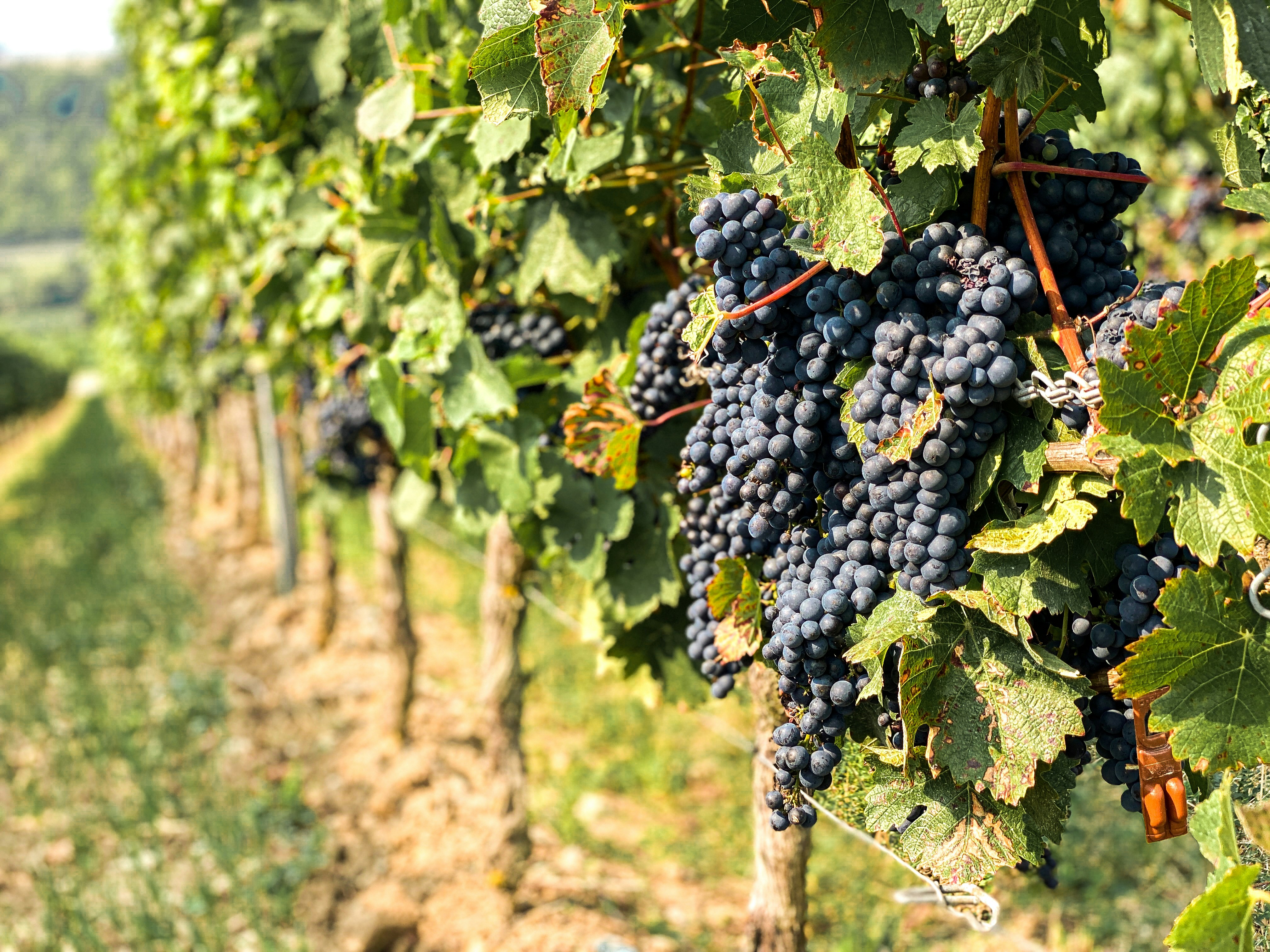Expert Reaction
These comments have been collated by the Science Media Centre to provide a variety of expert perspectives on this issue. Feel free to use these quotes in your stories. Views expressed are the personal opinions of the experts named. They do not represent the views of the SMC or any other organisation unless specifically stated.
Dr Jaco Fourie is Machine Vision Principal Scientist at Lincoln Agritech Ltd. and lead author of this study
"We present a new approach towards the automation of cane pruning of wine grape vines, a challenging task crucial for good yield and quality. We recognised that expert pruners assess the entire vine architecture when pruning, and do not solely rely on the simple pruning rules given by viticulturists. Rather, custom pruning behaviour that is sometimes unique to the vineyard, and may be considered part of their brand, is common. We therefore developed this model that represents the vine architecture as a mathematical graph and learns from real pruning examples, provided by experienced pruners, using a Graph Neural Network (GNN).
"This new model improves upon previous research by learning from realistic vine data and expert pruning examples, moving away from synthetic data and the flawed assumption of a single perfect pruning solution. Instead, the GNN is trained to accurately score the quality of multiple potential pruning solutions."



 New Zealand
New Zealand



